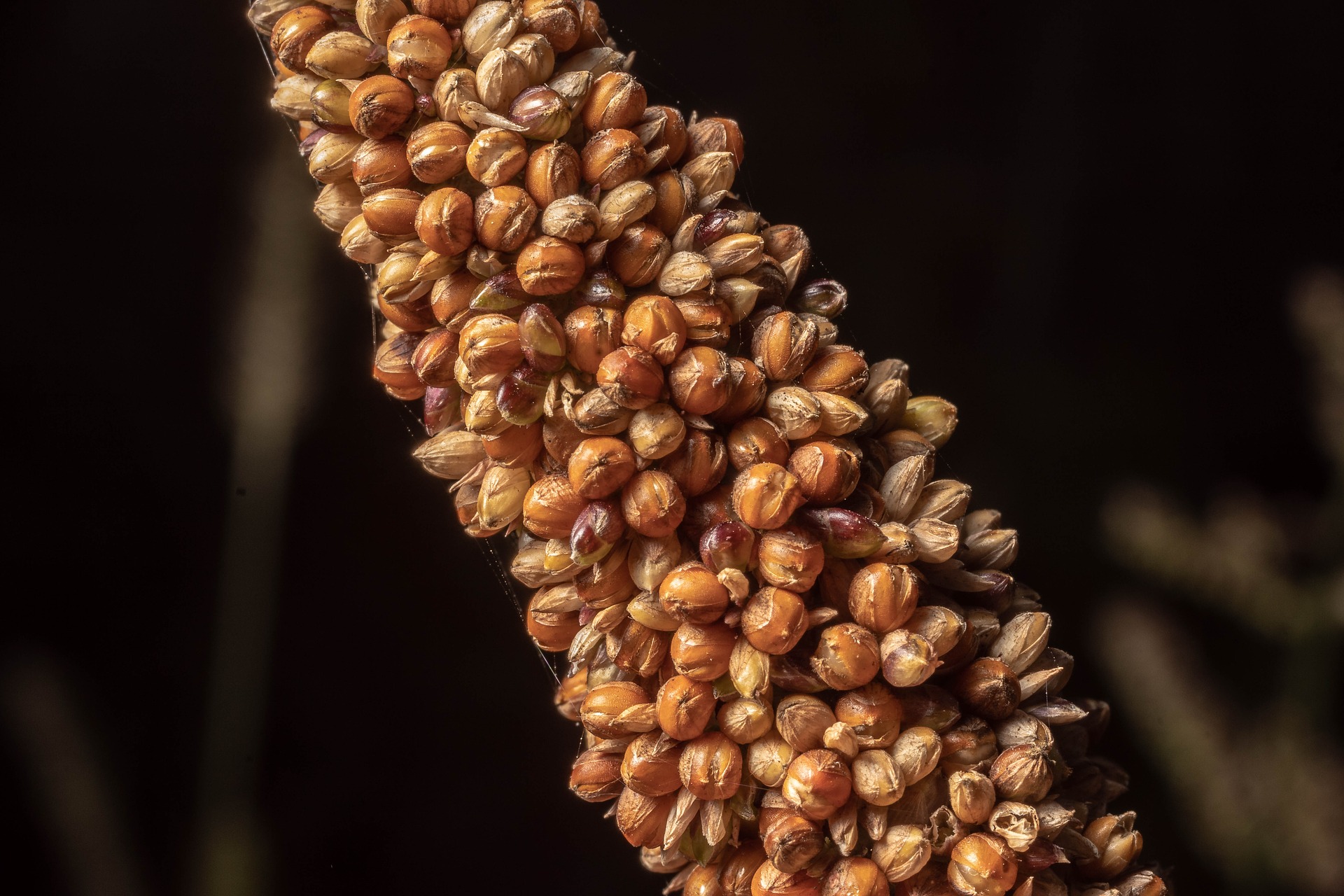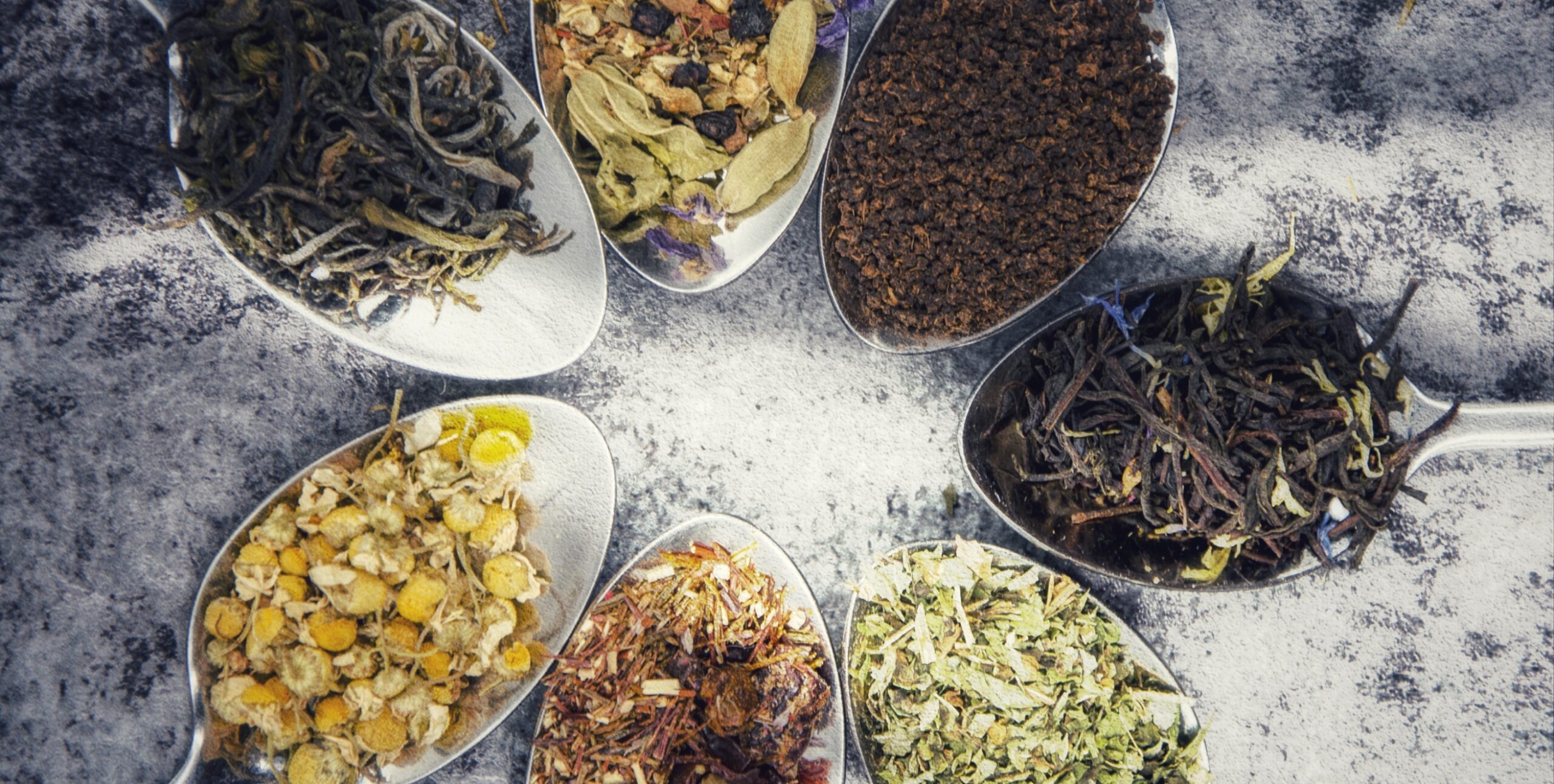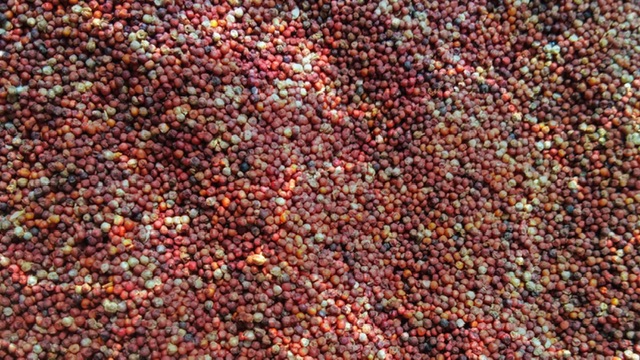The comeback of millets is among the most welcome and admirable things to have happened in our society. But not many are aware of the benefits of this miracle grain.
Millets are ancient super grains, the reservoirs of nutrition for a better health. They come in a variety — the Great millet or Sorghum or Jowar, Pearl millet or Bajra, Finger millet or Ragi or Mandua, Foxtail millet or Kangni, Little millet or Kutki, Barnyard millet or Jhangora and Kodo millet or Kodra or Kodon, Proso millet or Barri or Chena.
Millets are very rich in fibre content and are found to be three to five times nutritionally superior to rice and wheat when it comes to proteins, minerals and vitamins. They have a good quantity of B-vitamins, calcium, iron, potassium, magnesium, zinc, and a low-GI. The high levels of tryptophan in millets produce serotonin, which has a calming effect on our mood. Magnesium in millet can help reduce the affects of migraines and heart attacks. Niacin (vitamin B3) in millet can help lower cholesterol. Millet consumption decreases triglycerides and C-reactive protein, thereby preventing cardiovascular disease. All millet varieties show high antioxidant activity.
All millets are a storehouse of nutrients, both major and micronutrients needed by the human body, and together they can help eliminate malnutrition.
Millets need very little water for their production compared to other crops and only around 25 per cent of the rainfall is sufficient for millets to grow. Thus, they do not burden the grower. They do not demand rich soils for their survival and growth. Farm yard manure prepared using cow dung, cow urine, waste straw and other dairy wastes from gaushalas and households are the best resources for good cultivation of millets. There is no need of synthetic fertilizers. Grown under traditional methods, no millet attracts any pest. Millets therefore may also be considered a great boon to the agricultural environment.
Download the Dhyan Foundation – Sanatan Kriya App for Android here and for iOS here.





